Blogging has become an increasingly popular way to share ideas, showcase expertise, and even make money online. Whether you want to write for personal fulfillment, as a side hustle, or as a business venture, starting a blog is a relatively simple process. In this article, we’ll guide you through the steps on how to start blogging successfully.
1. Choose Your Blog’s Niche
The first step to starting a blog is deciding on your niche. Your niche is the specific topic or category you’ll focus on in your blog. It’s important to choose something you’re passionate about and knowledgeable in, as this will make it easier for you to create content consistently.
Popular blogging niches include:
- Lifestyle: Personal experiences, hobbies, wellness, travel.
- Finance: Budgeting, investing, saving money.
- Health & Fitness: Exercise routines, healthy eating, mental health.
- Tech: Gadgets, software reviews, coding tutorials.
- Parenting: Advice for new parents, child development, family activities.
Make sure your niche also has a substantial audience interested in the topic. You can research potential topics using Google Trends, keyword research tools, or by looking at other successful blogs.
2. Pick a Blogging Platform
Once you’ve decided on your niche, the next step is to choose a blogging platform. There are many platforms to choose from, each with different features. Some of the most popular ones include:
- WordPress: The most popular and flexible blogging platform. Ideal for those who want full control over design, plugins, and customization.
- Blogger: A free platform by Google. It’s simple to use but less customizable than WordPress.
- Wix: A drag-and-drop website builder that includes blogging features. Great for beginners who want an easy-to-use platform.
- Medium: A minimalist blogging platform that focuses purely on writing. It’s a great option if you want to focus solely on the content and don’t need advanced customization.
3. Choose a Domain Name and Hosting
A domain name is your blog’s unique web address (e.g., www.yourblogname.com). Ideally, it should be short, memorable, and relate to your niche. Once you have a domain name in mind, you’ll need to register it through a domain registrar such as GoDaddy or Namecheap.
In addition to a domain name, you will also need web hosting. Hosting providers like Bluehost, SiteGround, and HostGator offer reliable services that allow your blog to be accessible to readers. Many hosting services offer bundled packages that include both domain registration and hosting, which is a great deal for new bloggers.
4. Design Your Blog
Once your blog is set up, you’ll need to design it. The design of your blog should be clean, user-friendly, and consistent with your brand. Most blogging platforms offer a variety of free and premium themes that you can customize.
If you’re using WordPress, you can choose a theme from the WordPress repository or purchase a premium theme from platforms like ThemeForest or Elegant Themes. Choose a theme that fits the tone of your blog, whether it’s professional, creative, or minimalist.
5. Create Essential Pages
Before you start publishing blog posts, there are a few essential pages you should create to ensure your blog is fully functional and professional:
- About Page: Introduce yourself and explain the purpose of your blog. Let readers know why you’re blogging and what they can expect from your content.
- Contact Page: Provide a way for readers and potential collaborators to contact you. You can include an email address or a contact form.
- Privacy Policy and Disclaimer: These pages are important for legal reasons, especially if you plan on monetizing your blog. You can generate a basic privacy policy using tools like Termly or Privacy Policies.
6. Start Writing Content
Now it’s time to start writing! Write your first few blog posts based on your niche and target audience. Here are some tips for writing blog posts:
- Use Engaging Headlines: Your headline should be clear, concise, and interesting. Make readers want to click and read more.
- Write for Your Audience: Focus on what your readers want to learn or know. Provide valuable information that helps them solve problems or entertains them.
- Optimize for SEO: Use keywords naturally in your blog posts to improve search engine rankings. Include relevant keywords in your title, meta description, headers, and throughout the post.
- Add Visuals: Include images, infographics, and videos to break up text and make your content more engaging.
- Proofread and Edit: Always proofread your content before publishing. Tools like Grammarly can help you spot grammar and spelling mistakes.
7. Promote Your Blog
Once your blog is live, it’s time to promote it. There are several ways to get your content in front of readers:
- Social Media: Share your blog posts on platforms like Facebook, Twitter, Instagram, and LinkedIn to attract traffic.
- Email Newsletter: Start building an email list so you can send updates and new blog posts directly to your subscribers.
- Guest Blogging: Write guest posts for other blogs in your niche. This can help you reach a wider audience and build backlinks to your blog.
- Search Engine Optimization (SEO): Optimize your blog posts to rank higher in search engines, attracting organic traffic.
8. Monetize Your Blog
Once you’ve established your blog and gained a steady stream of traffic, you can begin monetizing it. There are several ways to make money from your blog:
- Affiliate Marketing: Promote products or services through affiliate links and earn a commission for each sale made through your referral.
- Ad Revenue: Use ad networks like Google AdSense to display ads on your blog and earn money from clicks or impressions.
- Sponsored Posts: Collaborate with brands and write sponsored content for them in exchange for payment.
- Selling Products or Services: If you have a product or service to offer, you can use your blog as a platform to sell directly to your audience.
Conclusion
Starting a blog is an exciting and rewarding venture, but it takes time, effort, and consistency to build a successful one. By choosing the right niche, selecting a blogging platform, creating valuable content, and promoting your blog, you can establish a strong online presence and reach a wide audience. Whether you’re blogging as a hobby or aiming to turn it into a profitable business, these steps will guide you on your journey to blogging success.
Happy blogging!



I’m extremely inspired together with your writing
talents as neatly as with the structure to your weblog.
Is that this a paid topic or did you modify it your self?
Either way keep up the excellent high quality writing, it’s uncommon to see a nice weblog like this one these days.
Lemlist!